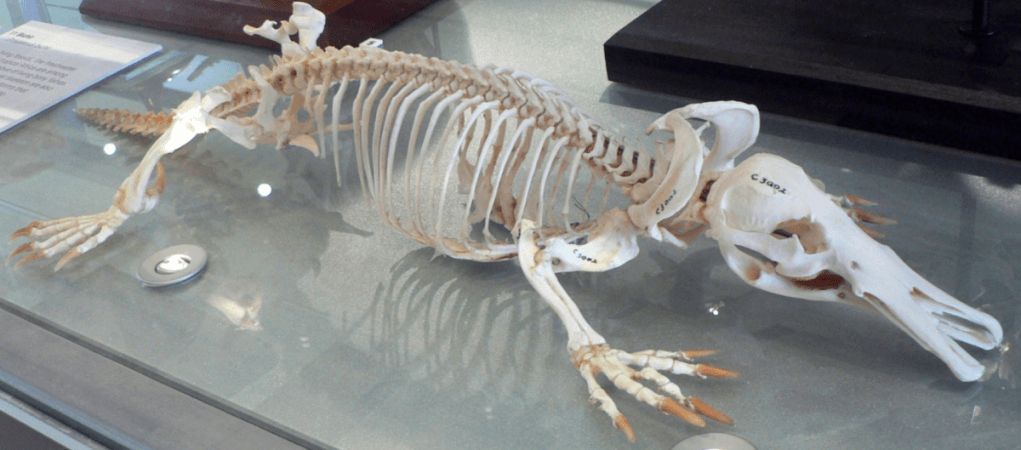
A newly uncovered fossil has left the scientific community baffled. It has opened up a whole new path in the study of evolutionary biology with regard to the development of warm-blooded mammals and its timeline in the recorded history of life on Earth.
The remains, which were discovered in Utah, point towards the existence of an animal that was half reptile and half mammal.
The skull reportedly weighs a little over a kilo and is about six inches in length. It was discovered at the Bureau of Land Management in Utah by Andrew R.C. Milner, a paleontologist at the St. George Dinosaur Discovery Site, reports Inquistr.
Scientists have decided to name this unusual species, Cifelliodon Wahkarmoosuch after renowned paleontologist, Richard Cifelli.
Discovery of this skull could potentially rewrite the history and cause a massive shift in the geological timeline with which scientists measure the break of the Pangea super-continent.
Pangea was a super-continent that made up most of the land mass that appeared out of the sea and it was concentrated around the southern hemisphere. The split of Pangea is believed to have started around 175 million years ago and continues to this day. This timeline, notes the report, was measured so far by studying fossil records of animals that lived there at the time.
With this new discovery of a half mammal-half reptile, cat-like, snouted creature with buck teeth and molars for grinding plants, scientists believe that the Pangean split must have happened at least 5 million years later than what is believed, says the report.
Apart from continental drift, the discovery of this unusual fossil also sheds light on how mammals evolved and made their way across the planet's landmass during the Mezozoic era- the age of dinosaurs.
According to researchers, the finding shows an "unsuspected burst of evolution."
This animal, much similar to the platypus was covered in fur, but laid eggs, explains Adam Huttenlocker, lead author of the study and a professor at the University of Southern California.
"Based on the unlikely discovery of this near-complete fossil cranium, we now recognize a new, cosmopolitan group of early mammal relatives. For a long time, we thought early mammals from the Cretaceous (145 million to 66 million years ago) were anatomically similar and not ecologically diverse.
This finding by our team and others reinforce that, even before the rise of modern mammals, ancient relatives of mammals were exploring speciality niches: insectivores, herbivores, carnivores, swimmers, gliders. Basically, they were occupying a variety of niches that we see them occupy today," he said.
The study was first published in the journal Nature.

















